Descrição
- Enhanced Hardware:
- Upgraded actuators and joints for smoother and more precise movements.
- Improved sensors, such as higher-resolution cameras, advanced LiDAR, or additional tactile sensors.
- Advanced AI and Machine Learning:
- Enhanced AI capabilities for object recognition, navigation, and human-robot interaction.
- Support for advanced machine learning frameworks and algorithms.
- Higher Degrees of Freedom (DoF):
- Increased DoF for more complex and human-like movements.
- Better flexibility for tasks like grasping, climbing, or balancing.
- Modular and Customizable:
- Modular design allows for easy upgrades and integration of third-party components.
- Open-source software and APIs for customization and development.
- Extended Battery Life:
- Improved battery capacity for longer operational time.
- Energy-efficient systems to maximize performance.
- User-Friendly Interface:
- Intuitive control software with advanced simulation tools.
- Support for programming in popular languages like Python, C++, or ROS (Robot Operating System).
- Research and Development Focus:
- Designed for advanced research in humanoid robotics, AI, and autonomous systems.
- Ideal for studying complex topics like dynamic locomotion, multi-robot collaboration, and AI-driven decision-making.
- Safety Features:
- Enhanced safety mechanisms for use in educational and research environments.
- Compliance with safety standards for human-robot interaction.
Technical Specifications (Estimated):
- Height: ~1.2 to 1.5 meters (typical for humanoid robots).
- Weight: ~30-50 kg (lightweight and durable design).
- Degrees of Freedom (DoF): ~30-40 DoF (depending on configuration).
- Sensors: High-resolution cameras, LiDAR, IMU, force/torque sensors, and touch sensors.
- Battery Life: ~3-5 hours (depending on usage).
- AI Capabilities: Advanced object recognition, SLAM, NLP, and reinforcement learning.
Applications of the Unitree G1 EDU (U2):
- Advanced Research:
- Studying humanoid locomotion, balance, and control in dynamic environments.
- Developing cutting-edge AI algorithms for autonomous decision-making.
- Education:
- Teaching advanced robotics and AI concepts in universities and technical institutes.
- Providing hands-on experience with state-of-the-art humanoid robotics.
- Prototyping and Innovation:
- Testing new ideas and applications in robotics, such as healthcare, disaster response, or entertainment.
- Customizing the robot for specific research projects or competitions.
- Collaborative Projects:
- Enabling multi-robot systems for collaborative tasks.
- Exploring human-robot interaction and teamwork.
Why Choose the Unitree G1 EDU (U2)?
- Cutting-Edge Technology: Incorporates the latest advancements in robotics and AI.
- Scalability: Suitable for both beginner and advanced users, with room for growth and customization.
- Support for Open Platforms: Compatible with popular robotics frameworks like ROS.
- Cost-Effective: Offers advanced features at a competitive price compared to other high-end humanoid robots.
Ideal For:
- Universities and research institutions focusing on robotics and AI.
- Advanced robotics labs and innovation centers.
- Developers and hobbyists working on complex robotics projects.
If you’re considering the Unitree G1 EDU (U2) for advanced research or education, it represents a powerful and flexible platform for exploring the frontiers of humanoid robotics. For the latest details, pricing, and availability, visit Unitree Robotics’ official website or contact their team directly.
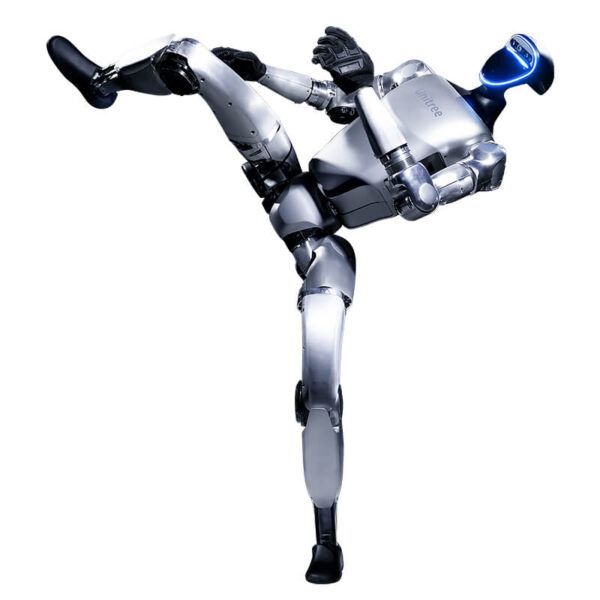
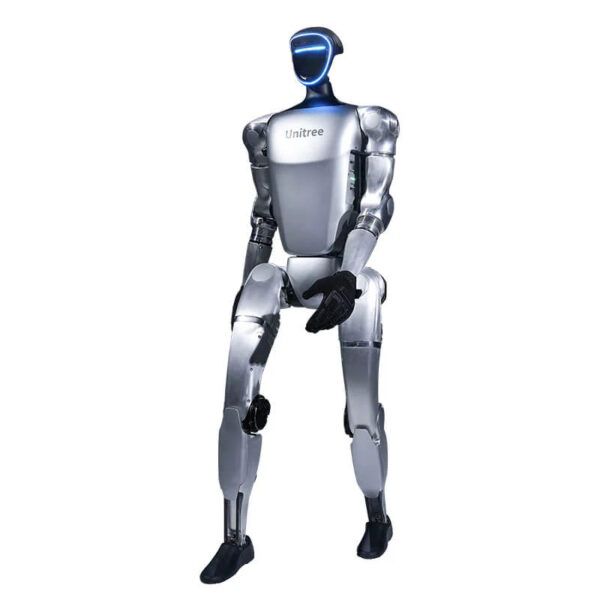
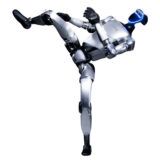
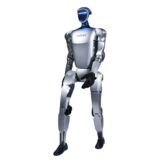

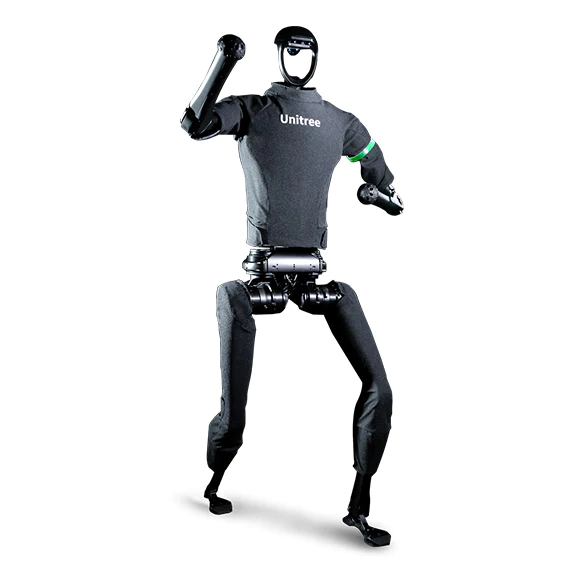


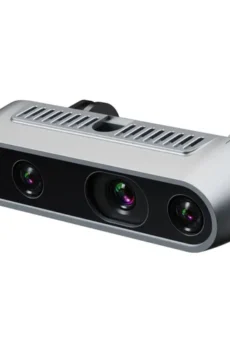

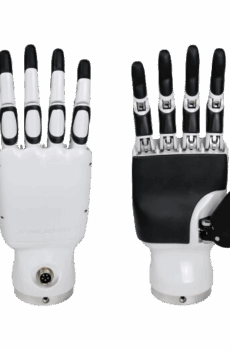
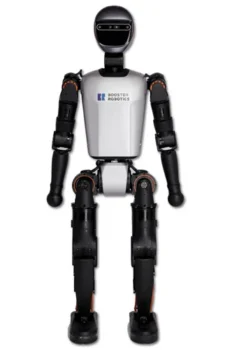


Reviews
There are no reviews yet.